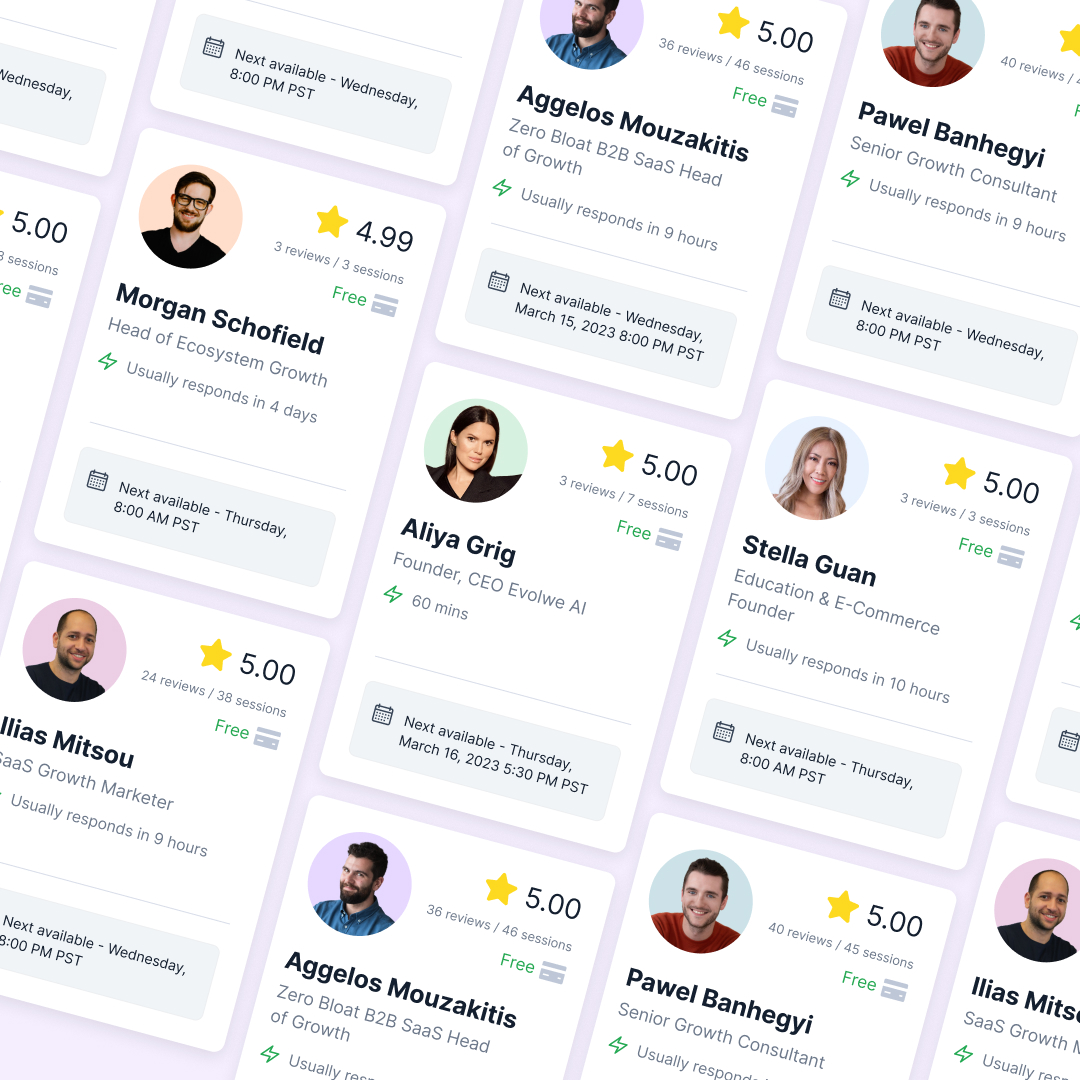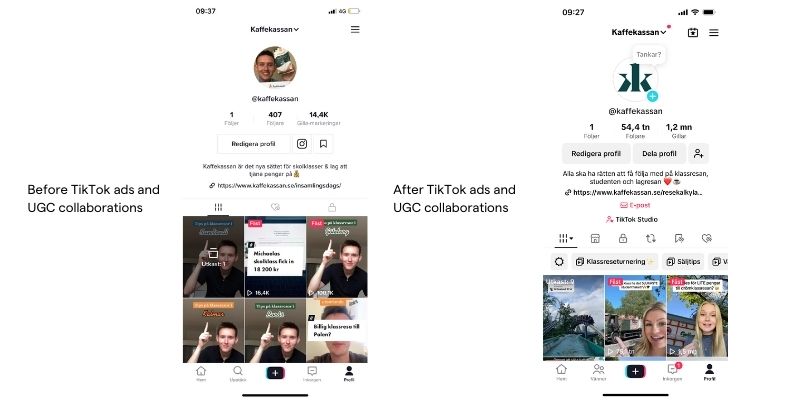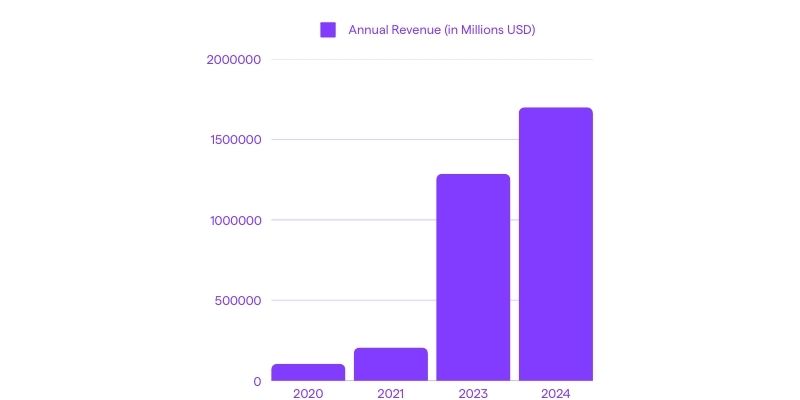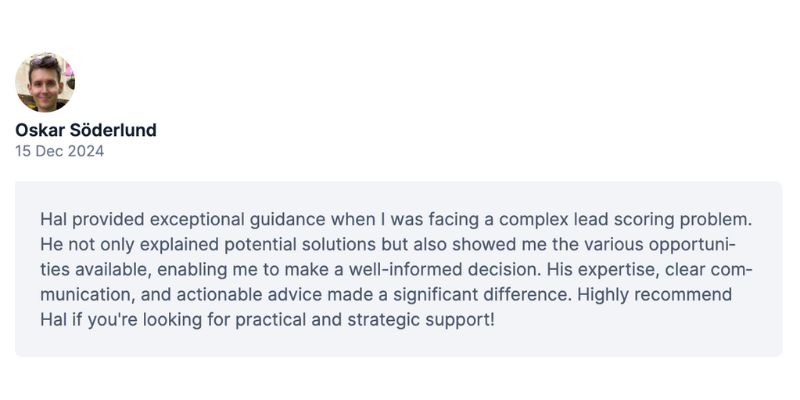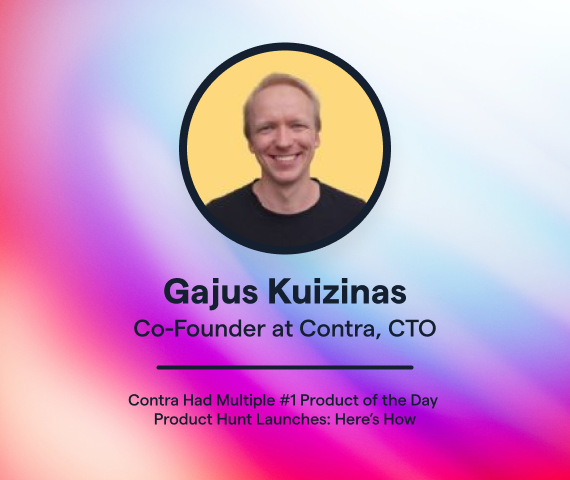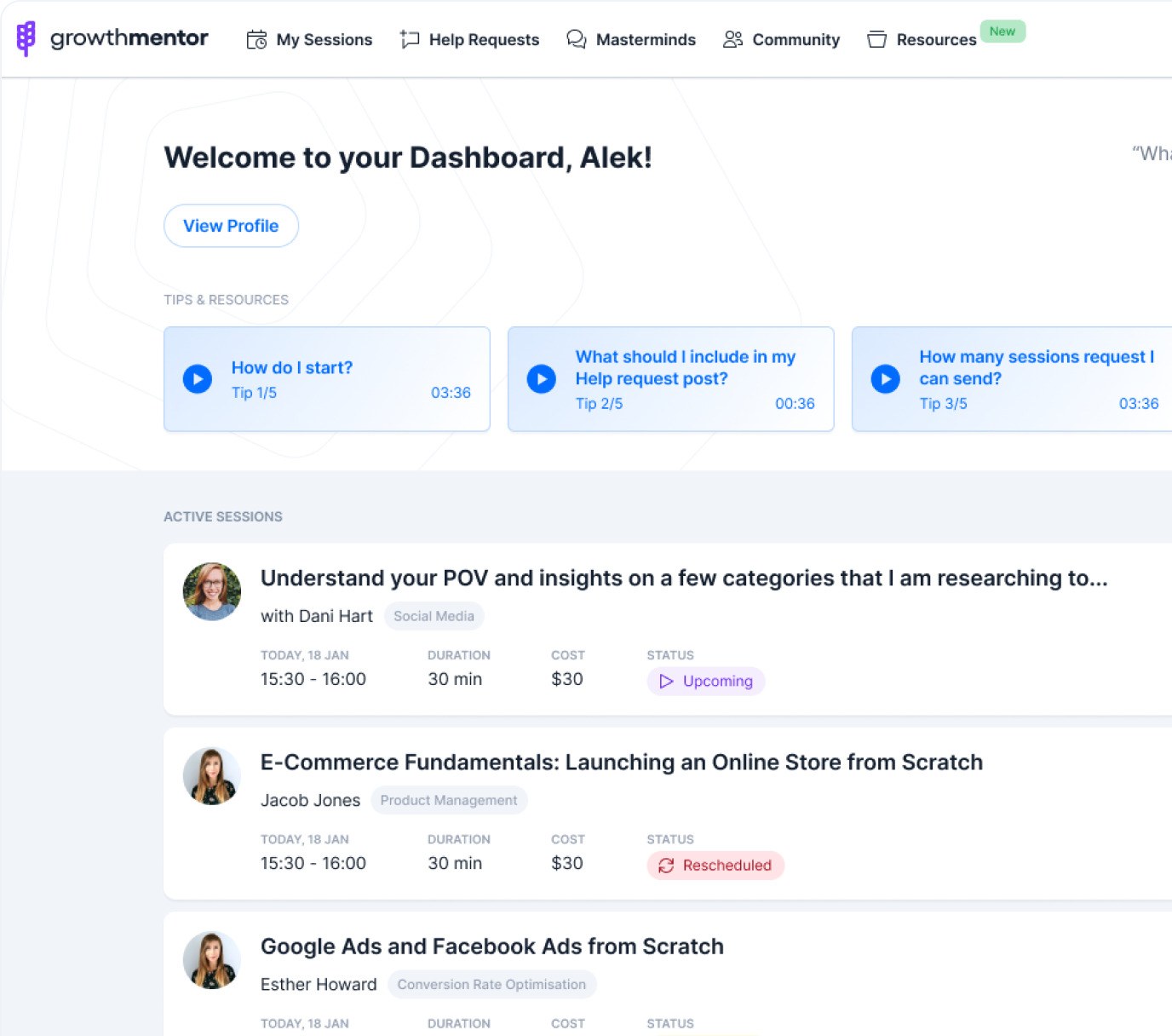How Kaffekassan Scaled to $2M ARR by Reinventing a ‘Boring’ Industry
Starting a company is never easy-but launching one in an industry that hasn’t seen innovation in decades? That’s a whole different challenge. For Oskar Söderlund, founder of Kaffekassan, it was about seeing the untapped potential in an industry no one was looking at and relentlessly pushing through the toughest moments.
When he first launched Kaffekassan, a fundraising platform for school classes and sports teams in Sweden, the odds were stacked against him. He quit his job at the worst possible time – during COVID-19 when trips and group activities (the very things his product enabled) were being canceled left and right. For two years, he pushed through uncertainty, iterating on marketing strategies, and battling logistical chaos.
But in 2022, everything changed. A bold TikTok strategy – one that turned the industry’s marketing playbook upside down – took Kaffekassan from plateauing revenue to a viral success story, catapulting it to $2M in annual revenue.
Here’s how Oskar identified an overlooked opportunity, leveraged TikTok in an unconventional way, and built a thriving business in an industry that hadn’t seen real innovation in decades.
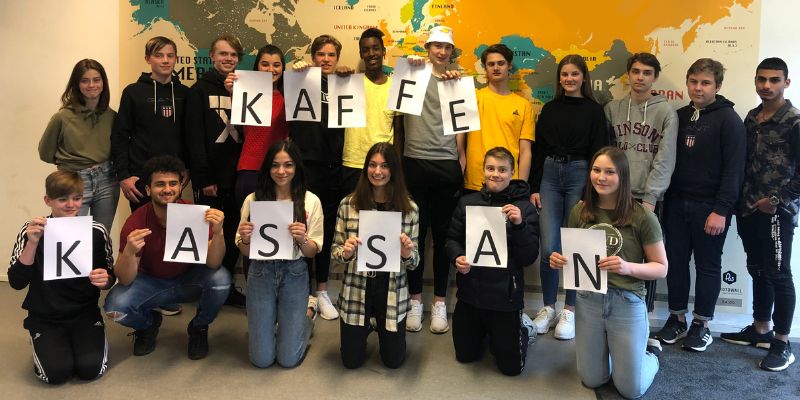
Finding an Underserved Market
Oskar didn’t set out to disrupt the fundraising space. In fact, his first attempt at launching Kaffekassan in 2015 failed within six months. Back then, he and his co-founder, juggled it as a side hustle while working day jobs. They eventually gave up.
But five years later, he couldn’t shake the idea.
“I realized that this industry hadn’t seen innovation for a long time. It wasn’t a flashy AI startup or something that naturally attracts founders, but it had huge potential,” Oskar recalls.
Traditional fundraising in Sweden was stuck in an outdated model – kids selling products like cookies or underwear through paper brochures, collecting payments manually, and relying on word-of-mouth. No one had digitized the experience or optimized it for online marketing.
This time, armed with five years of experience in digital marketing, Oskar decided to go all in.
Then COVID-19 hit.
Building Through the Worst Timing Imaginable
In the summer of 2020, Oskar quit his job, ready to fully commit to Kaffekassan. Within weeks, the world shut down.
“It was the worst timing ever,” he admits. “People use Kaffekassan to fundraise for trips – and suddenly, no one was taking trips.”
For two years, he struggled to gain traction.
But even in those dark times, there were glimmers of hope. He had already acquired 100 customers through SEO alone before quitting his job. The challenge wasn’t getting customers – it was scaling to the level where Kaffekassan could sustain him financially.
That’s when he started experimenting aggressively with marketing channels.
Breaking Through the Noise: The TikTok Gamble
Oskar knew traditional Facebook and Instagram ads were too expensive. Competing in the same channels as legacy players – who targeted parents – was unsustainable.
Then he spotted a major opportunity.
Instead of marketing to parents, why not marketing directly to kids?
“I was running Facebook ads and saw that targeting parents had a CPM of $20, but targeting kids was just $1,” Oskar explains. “That meant I could get 20x more attention for the same budget if I could make TikTok work.
He doubled down, launching organic TikTok content, paid TikTok ads, and collaborations with TikTok creators.
The result? Explosive growth.
In December 2021, Kaffekassan had its first viral TikTok moment. By the end of that year, revenue had nearly doubled from 1M SEK ($100K) in 2020 to 1.8M SEK ($180K) in 2021. But the real breakthrough came in 2022 – by the following year, sales had skyrocketed to 13M SEK ($1.3M) in 2023, and the momentum continued, reaching 18M SEK ($1.8M) in 2024.
And for the first time, Kaffekassan wasn’t just another fundraising company. It was a brand that kids recognized.
“I was out doing a TikTok video with a creator, and every third or fourth kid we talked to already knew about Kaffekassan,” Oskar says. “That’s when I realized how powerful social media was. Our competitors weren’t even thinking about it.”
Scaling Up and Overcoming Challenges
As sales took off, Oskar faced a new set of problems:
- Logistics Nightmares: Early on, Kaffekassan worked with a bad third-party logistics (3PL) provider that caused major customer satisfaction issues – delays, lost shipments, and an unreliable experience.
- Supplier Chaos: Some suppliers tried to exploit the company’s rapid growth, causing operational headaches and financial strain.
- Mindset Battles as a Solo Founder: “The hardest part was believing it would work out. There were months where I had almost no money personally, and that’s psychologically tough,” he admits.
Scaling Solo Doesn’t Mean Scaling Alone
Scaling Kaffekassan wasn’t just about marketing. It was about managing the mental challenges of entrepreneurship. As a solo founder, every decision rested on Oskar’s shoulders, and without a co-founder, doubt crept in.
The first two years were particularly tough. With little personal income and no guarantee of success, every setback felt magnified. “The hardest part wasn’t just the business challenges, it was believing it would all work out,” he recalls.
To navigate uncertainty, he sought advice from friends, family, and experienced founders. That’s when he discovered GrowthMentor, where he connected with entrepreneurs who had been through similar struggles.
Beyond strategy, mentorship helped him break out of the solo founder mindset, avoid overanalyzing decisions, and move forward with confidence. Talking to experienced founders gave him the clarity and reassurance he needed.
“GrowthMentor was a game-changer, not just for strategy, but for the mental side of running a business,” Oskar says.
With the right mentors, he stayed focused, made smarter decisions, and kept Kaffekassan on its growth trajectory.
Lessons for Other Founders
Looking back, Oskar shares three key takeaways for founders trying to break into an established industry:
- Everything you do should have a clear ROI. If you’re spending $10,000, you should be making at least $20,000 back. In reality, expected returns are often half of what you estimate – so be ruthless in prioritizing high-ROI activities.
- Hire people you actually want to work with. Beyond skills, the team dynamic matters. Having fun at work creates a more productive environment and makes the long grind of building a business sustainable.
- Face the hard stuff early. Avoiding difficult decisions – whether financial, strategic, or personal – only makes them more expensive later. The best move is to tackle problems head-on, even when it’s uncomfortable.
What’s Next for Kaffekassan?
Today, Kaffekassan has expanded beyond Sweden into Finland and Norway, serves 2,000 fundraising groups per year, and has helped nearly 100,000 students raise funds. Now at $2M ARR, Kaffekassan’s next phase is scaling profitably and exploring AI-driven automation to enhance efficiency.
“I’m really interested in how AI can help us scale smarter – not just by adding more people but by automating repetitive tasks,” Oskar says.
As Kaffekassan continues to grow, its success serves as a powerful reminder that massive opportunities exist in ‘boring’ industries – if you’re willing to rethink the playbook.
Looking for guidance on your growth journey?
